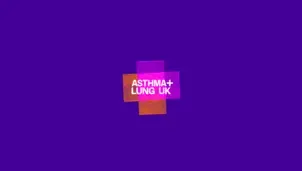Is hot weather bad for my lungs?
When it’s over 25ºC outside, hot weather can affect your lung health. Staying well in hot weather could mean fewer asthma attacks or flare-ups of your lung condition. It could also mean fewer trips to your GP or to the hospital.
Hot weather does not affect everybody with asthma and other lung conditions, but in a recent survey 1 in 3 people told us that hot weather made their symptoms worse. There are different reasons for this:
- Hot and humid air can affect your breathing and make asthma and other lung condition symptoms like breathlessness and wheezing worse.
- Hot and sunny weather increases a type of air polluting gas called ozone. Air pollution is bad for your lungs, especially if you have asthma or another lung condition.
- Warmer weather is linked to higher pollen levels. If you also have hay fever, this could make your lung condition symptoms worse too.
Staying well in hot weather

Get support
Call our helpline for support with your condition. Get advice on your medicines, symptoms or travelling with a lung condition, or just call us to say hello.
Read more
Page last reviewed:
Next review due:











